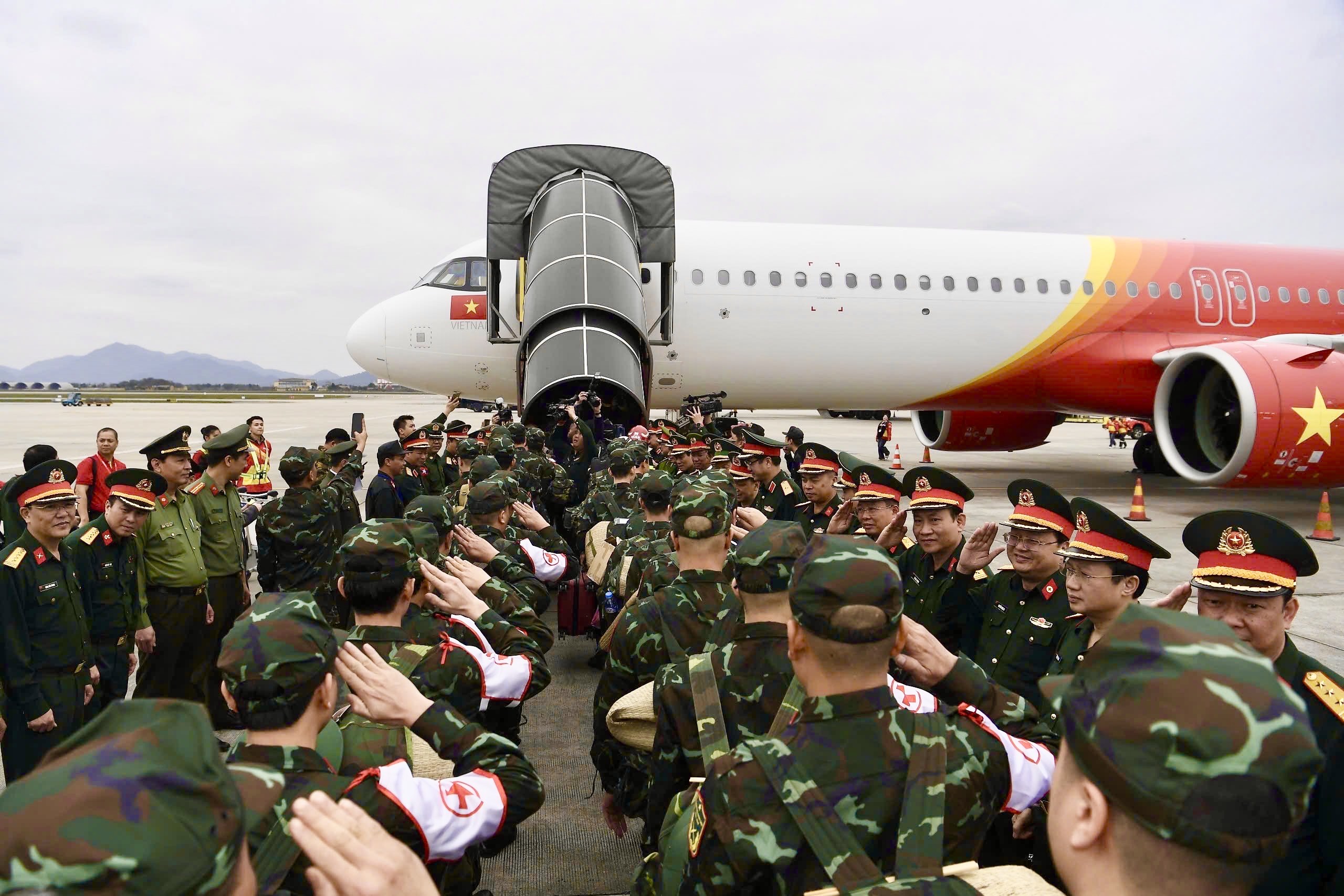Major Asian Airlines Reveal Their Biggest Concerns Plus the Changes That Will Shape Their Future
03 April, 2025
5 min read
Airlines in this article
By joining our newsletter, you agree to our Privacy Policy
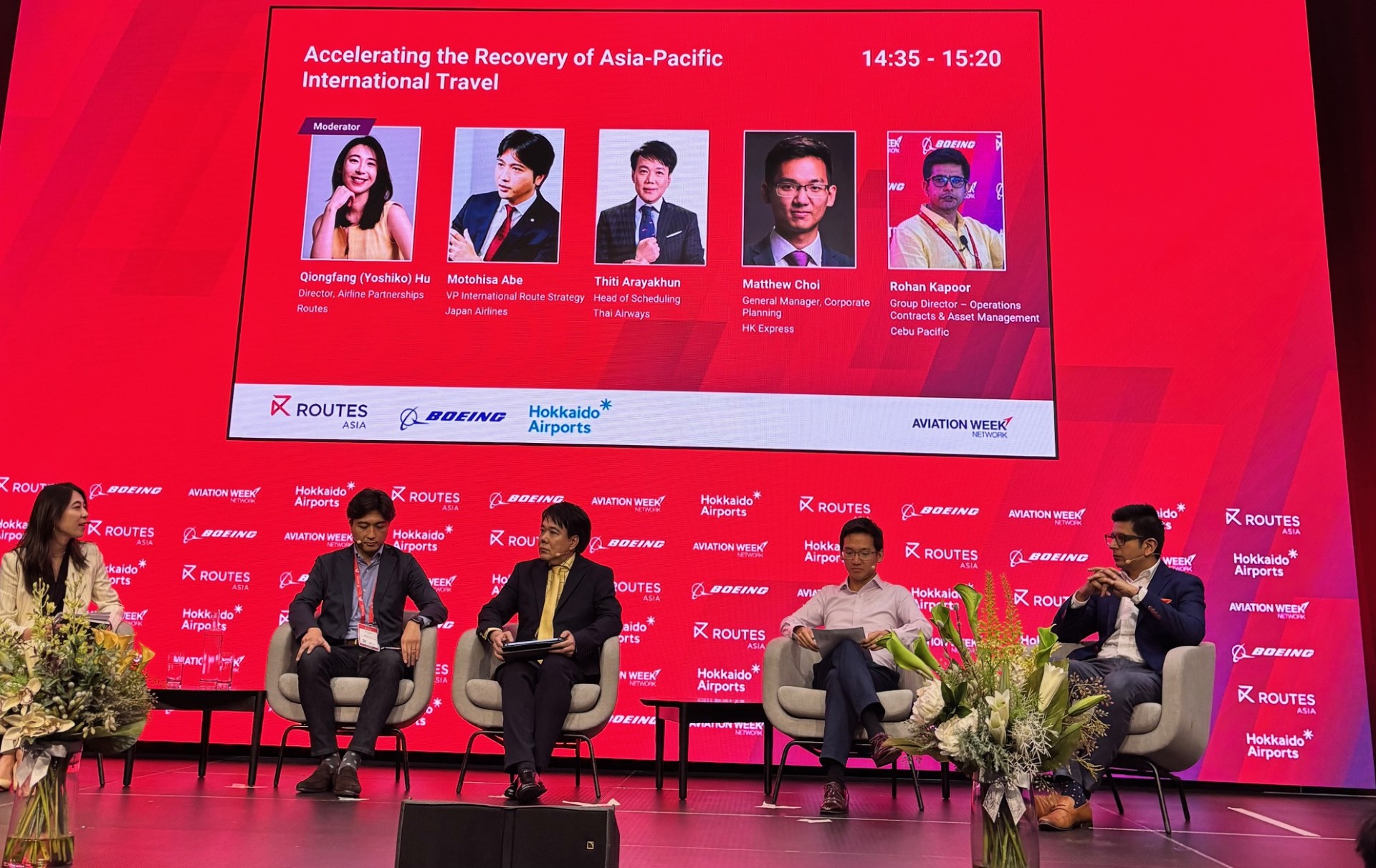

Airlines in this article
At the Routes Asia Conference 2025, Thai Airways, Japan Airlines, HK Express, and Cebu Pacific provided an exclusive glimpse in to the unique challenges and strategic shifts they are having to navigate in the year ahead. While all four airlines operate within the Asia-Pacific region, their obstacles vary significantly and spark important discussions.
Thai Airways: Expanding Premium Economy & Battling Aircraft Shortages
What Has Changed for You?
The Head of Scheduling for Thai Airways, Thiti Arayakhun, states that post-COVID, Thai Airways has observed a clear shift in customer preferences. Travelers now expect more ticket flexibility, digital boarding passes, and greater comfort, leading the airline to expand premium economy seating across its fleet to meet rising demand.
Recent Challenges
Despite strong demand, competition from low-cost carriers on short-haul routes, particularly to Japan, has intensified. Meanwhile, aircraft shortages caused by manufacturing and engine supply backlogs are delaying fleet expansion. Thai Airways is concerned about losing valuable airport slots while waiting for new planes—since slot availability and aircraft readiness must align perfectly for expansion to succeed.

HK Express: Tapping into Younger Travelers & Offbeat Destinations
What Has Changed for You?
General Manager for Corporate Planning at HK Express, Matthew Choi, states that as a low-cost carrier with a younger cohort of passengers, HK Express has noticed a significant shift in younger travelers’ preferences. Over the last 10-15 years, passengers have moved away from shopping and sightseeing and are now seeking cultural and experience-driven travel. To cater to this trend, the airline has expanded its network by launching 16 new routes last year, focusing on second- and third-tier cities and lesser-known beach destinations. Additionally, passengers now expect more digital payment options and digital boarding passes, prompting further innovation.
Recent Challenges
Rather than seeing these shifts as challenges, HK Express sees them as opportunities. The airline is seeking out airports that operate during off-peak hours, allowing them to optimize fleet usage while expanding their route network—a strategy that could give them an edge in the competitive low-cost market.
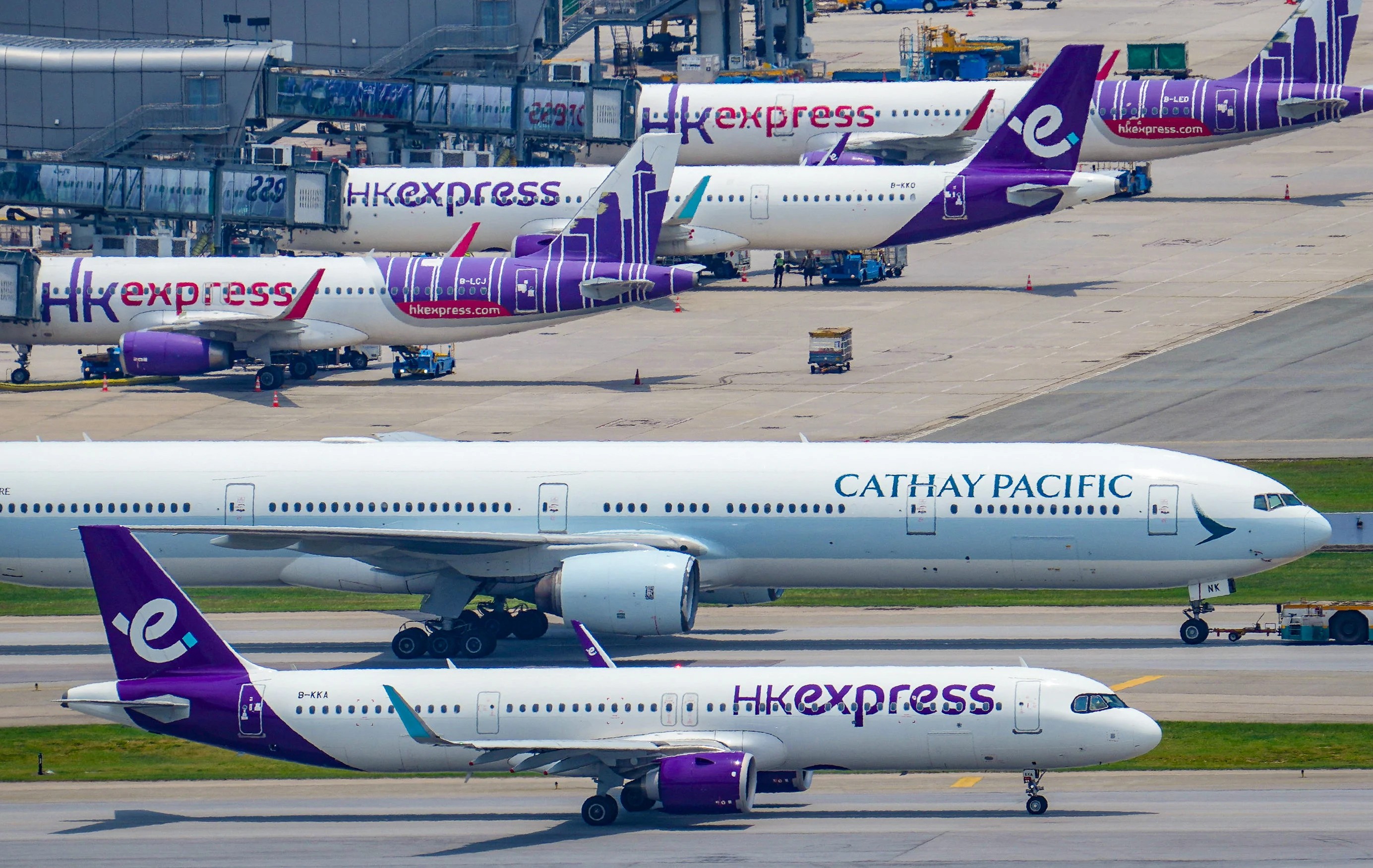
Cebu Pacific: Overcoming Airspace Limitations & Fleet Constraints
What Has Changed for You?
Similar to HK Express, Cebu Pacific’s Rohan Kapoor, Group Director of Operations, Contracts and Asset Management, has seen an increase in digital payments for experience-driven travel, with weekend getaways growing in popularity among its customers.
Recent Challenges
One of the airline’s biggest hurdles is airspace congestion. Manila Airport allows only 40 aircraft movements per hour, significantly lower than Mumbai’s 50 per hour, which creates bottlenecks. Since 73% of Cebu Pacific’s fleet is based in Manila, this limitation makes growth difficult.
Cebu Pacific believes that the privatization of 20-25 airports in the Philippines could improve airspace flow. However, the airline also struggles with high-demand routes served by small airports that can only accommodate turboprop aircraft, limiting capacity. Additionally, Pratt & Whitney engine issues have forced aircraft to be grounded, further straining Cebu Pacific’s network and slowing growth. As a result, fleet planning has shifted from a six-month horizon to just one week, reflecting the unpredictability of aircraft availability.
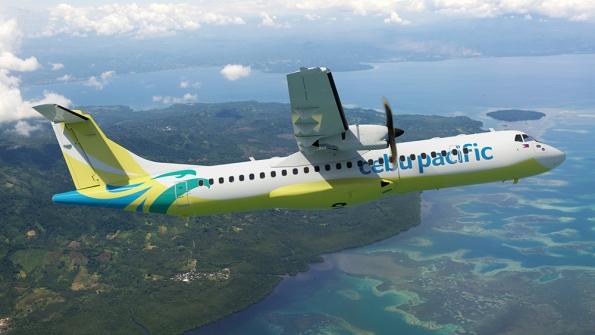
Japan Airlines: Adapting to a New Passenger Demographic
What Has Changed for You?
Japan Airlines VP for International Route Strategy, Motohisa Abe, shared that Japan Airlines (JAL) has seen one of the most dramatic post-pandemic shifts. Before COVID-19, 70% of its passengers were Japanese, but today, 70% of travelers are foreign visitors. While JAL prides itself on offering a uniquely Japanese service, it now faces the challenge of adapting its onboard experience and marketing to cater to a more diverse international audience while maintaining its signature hospitality.
Recent Challenges
One of JAL’s biggest hurdles is the closure of Russian airspace, which has resulted in longer flight times, detours, and increased fuel consumption, adding strain to operations. Additionally, pilot shortages remain a growing concern, affecting both daily operations and future expansion plans.
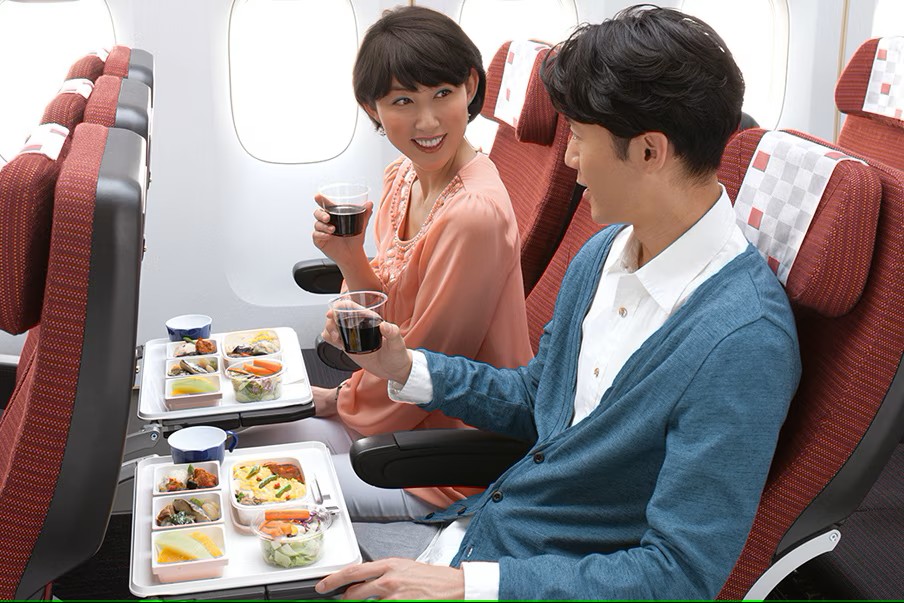
What Airline Network Planners Need from Airports
To support network expansion, airline route planners have outlined key demands from airports:
Incentives & Subsidies for New Routes – Launching a new route requires low introductory fares to attract passengers, but without reduced airport taxes or marketing support, it’s difficult to make new routes viable.
Lower Airport Taxes for Short-Haul, Low-Cost Flights – High airport fees can double the cost of budget airline tickets, making them unattractive to travelers.
Better Slot Coordination with Major Hubs – Regional airports need to align slots with key international connections (e.g., flights to Bangkok should sync with European flight schedules).
Advanced Demand Forecasting Systems – Many airports still rely on basic Excel spreadsheets, but more sophisticated forecasting tools are needed to predict demand fluctuations and seasonal trends accurately.
The Routes Asia 2025 conference confirmed what many in the industry already sensed—Asia-Pacific’s aviation sector is booming beyond pre-pandemic levels, with regional growth surging to 10.5% in 2024, compared to just 4.2% in 2019. With 7 of the world’s 10 busiest international routes now in this region, the demand for air travel is undeniable.
READ: The state of the Asia Pacific Airline Industry
Yet, despite this momentum, airlines face a perfect storm of operational challenges. A 21% shortfall in scheduled aircraft deliveries for 2025-2026, driven by skilled labor shortages, engine reliability issues, and maintenance constraints, threatens to slow expansion. However, as the airlines highlighted, the industry’s difficulties extend beyond aircraft availability—from slot limitations and airspace congestion to shifting passenger expectations and the need for better airport collaboration.
For an airline—and its route network—to succeed, every piece of the puzzle must align. Growth is there for the taking, but only those who can adapt, innovate, and navigate these complex hurdles will truly soar.
Airlines in this article
Get the latest news and updates straight to your inbox
No spam, no hassle, no fuss, just airline news direct to you.
By joining our newsletter, you agree to our Privacy Policy
Find us on social media
Comments
No comments yet, be the first to write one.
